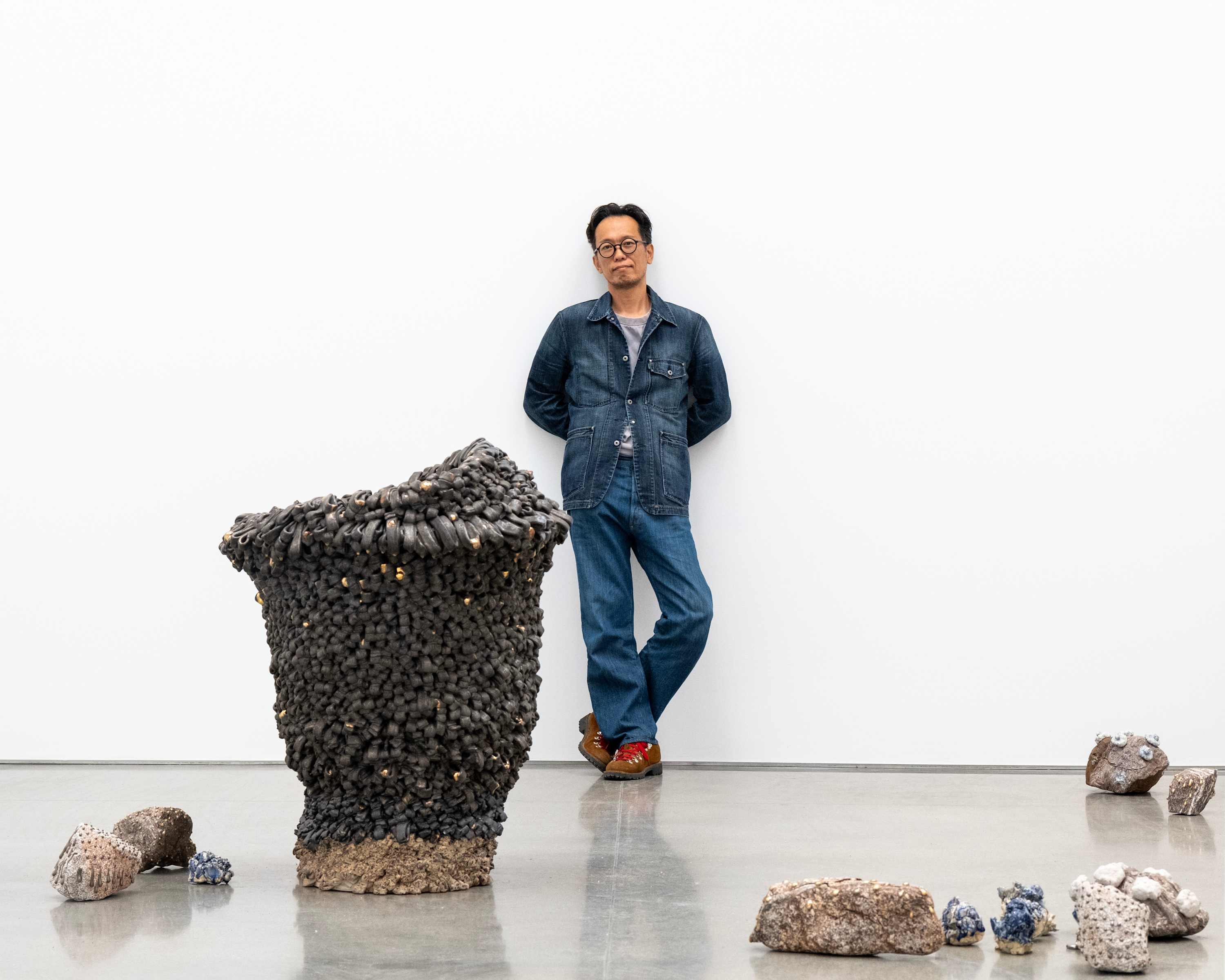
Nobuhito Nishigawara
Fullerton, CA
Nishigawara was born in 1974 in Nagoya in Japan. He lives and works in Fullerton, California.
Message
Nishigawara received his BFA from Kansas City Art Institute in 1999, and later an MFA from Arizona State University in 2002. Nishigawara has been the subject of exhibitions at Almine Rech Gallery at Ceramic Brussels (2025), Tanya Bonakdar Gallery Los Angeles (2024), Alan Avery Art Company (2024), and The Trophy Room LA (2024),He has received critical reviews in such publications as Art Papers, New York Times, Los Angeles Times, Sculpture Magazine and American Art Collector. He lives and works in Fullerton, California.
Statement
Qualia
Qualia brings together a range of forms and expressions to unearth sensorial and emotional aspects of experience. Drawing from Nobuhito Nishigawara’s immigrant experience, this series of work explores the dual cultural forces of Japan and North America that shape his relationship to identity. From his childhood in Japan to moving to North America to attend school as a young man, he recalls suppressing emotions in order to fit in. Through this work, Nishigawara creates a framework for expression from which the natural material qualities of the sculptures are shape and define the final outcome. Refined and gestural qualities with complex forms and dynamic surface treatments reflect the duality of Nishigawara’s identity—shaped through a combination of intention and circumstance.
Embracing the malleability of clay, exploring spatial relationships, and harnessing the qualities of found, unprocessed materials in nature are all avenues Nishigawara uses to articulate his complex relationship to identity. The forms and materials hold layered meanings, creating a conceptual bridge to express visceral, unspoken layers of his experience. In some cases, the forms represent the space between two places he considers home—Japan and the United States— and in others found stone reflect the prevalence of the material throughout his childhood city in Japan. Surface treatments with glaze infuse layers of meaning through color and texture applied as both a mask and an armor—hiding imperfections while constructing a visual identity.